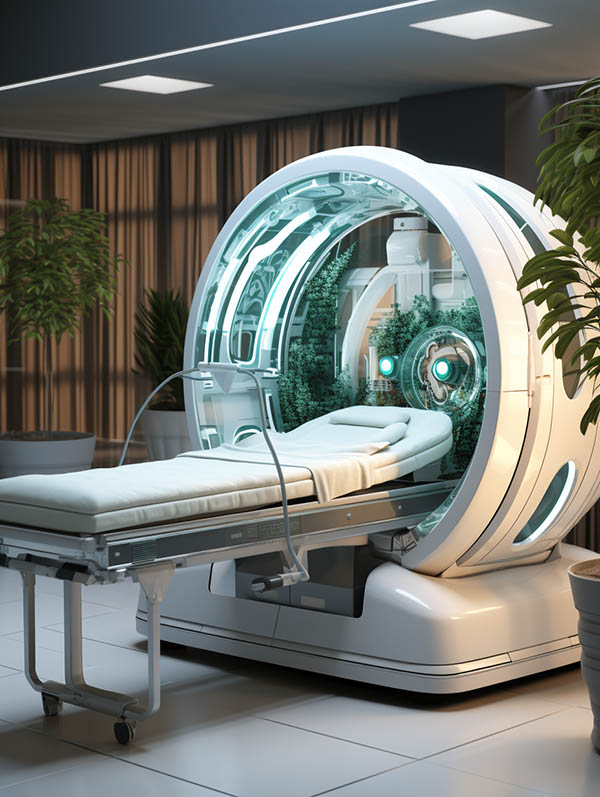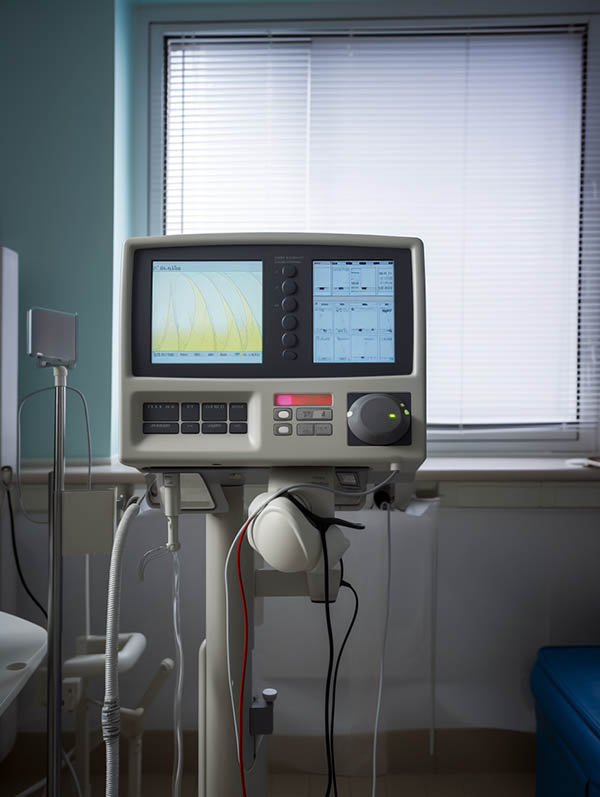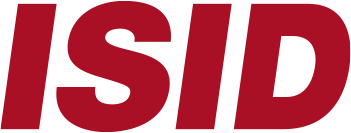Digital Medical Imaging is an important part of the modern diagnostic process. Be it X-Rays, CT Scans, MRIs or ultrasound machines, all of them produce DICOM images today, so the doctors can see them on screen at any point. But the reality isn’t so rosy at all…
Format incompatibility
In today’s healthcare, medical imaging has an ever more important role when diagnosing a patient’s condition. The systems have gotten so advanced and have such good resolution, that diagnostics are made with more certainty than ever. But, in contrast to the imaging “of old” (where “old” is just a couple of years back), today most of the medical imaging devices generate digital files, instead of having to develop film or the like.
On top of that, most of them do not generate only static images, but also video files. For these images there is the DICOM format (Digital Imaging and Communications in Medicine) which is a standard protocol for the management and transmission of medical images and related data. In fact, DICOM also supports several video formats as well as multiframe images, like the ones in CT scans. However, this is where the problems arise. Most vendors have a particular interpretation of their image formats, in order to lock the hospital to that particular brand, avoiding too much compatibility with the rest of the competing vendors.
The resulting scenario is one in which the medical professional cannot always use a PACS (Picture Archiving and Communications System) to access the images from his or her office, but has to go physically to the machine in question that did the images, and watch them there. The fact that DICOM uses no compression in the images to avoid artifacts (that could be misleading the doctor or radiologist) is one of the reasons. When recording video this also intensifies, as these files are so huge, that they usually cannot be transmitted over the hospital network in an efficient way. Hence the doctor has to go to the machine and watch the exploration video in situ. And this is far from ideal.

Information scattering

This situation leads to losing an enormous amount of time when doing one simple diagnostic, especially if the hospital is big. If you multiply this by all the patients that have imaging done, and the doctors that have to run around the hospital to gather all the information they need in order to make an accurate diagnostic, is it easy to see that this information scattering is not only costing time, but also money. And that the medical care quality suffers greatly under it.
The solution for DICOM images is usually the aforementioned PACS, which can be accessed from any computer in the hospital (or outside of it, depending on the security rules enforced). But most PACS do not support video directly, for a variety of reasons, chief among which is the file size and different formats. Hence the information scattering continues, because some data is in the HIS (patient data), some in the PACS (static images) and some on individual machines (medical video).
Images and video in the PACS
But there is a solution to this: adding a secondary video PACS can solve the problem of viewing medical video directly from the doctor’s office, without having to change the hardware or software in the hospital. It just needs to add the secondary video PACS, which integrates with the current PACS and, as we will see in a bit, also with the HIS. Videomed PACS is such a secondary video PACS.
What the secondary PACS does is gathering all the video from the machines by direct connection to the network and storing it centrally. Then all the formats are unified to a single one, usually a high quality MP4. This proxy file then can be viewed with ease and needing a low network bandwidth, from anywhere in the hospital, just be connecting to the PACS. If the doctor or surgeon needs to see the original file, this is also possible over a high speed network connection but, instead of involving the PACS, which may be used by all of the hospital constantly, the video is provided by the secondary PACS instead, taking load from the main PACS.
On top of this, the system anonymizes all the patient data for privacy and compliance reasons, so it never leaves the HIS or main PACS. And it is possible to specify retention periods for the videos (due to the space they take up in the system), so they are converted into lower resolution copies after a time. This makes for efficient storage, and keeps the system tidy, without losing any information.
And on top of this, platforms like Videomed PACS make use of artificial intelligence analyzers in order to catalogue the videos automatically, helping to speed the process up further, putting everything into place without human intervention. And, as we will see in part II of this series, it can integrate diagnostic AI analyzers as well, providing even more help for radiologists or surgeons, who can rely on a “second opinion” of the AI system.

One central command point: the HIS

The use of a secondary PACS has another advantage: it can be integrated directly with the HIS, so all of the information can be retrieved together with all of the other patient record. In fact, with this system, you can integrate clips of important diagnostic videos directly in the HIS. The integrated viewer gets the data from the secondary PACS in a transparent manner, but it is all viewed inside the HIS, which is the central point for the doctors, so all of the information is on one screen, helping make better and quicker diagnostics. This way, the medical professional doesn’t have to walk through the hospital to gather everything he needs for a single patient, and can work much more efficiently.
Conclusion
To avoid scattering of medical video through a hospital or clinic, a secondary video PACS is the best solution, as it provides integration into the regular PACS, as well as the Hospital Information System, so the doctors can get all the diagnostic information they need in one place, all at once, and can work more efficiently, with all the data at hand.
In our next article in this series of three, we are going to talk about how AI Diagnostics are helping doctors and surgeons make better and quicker diagnostics. We’ll conclude the series with a look on surgical recordings and how they can be used not only for training doctors and nurses, but also for other purposes.
